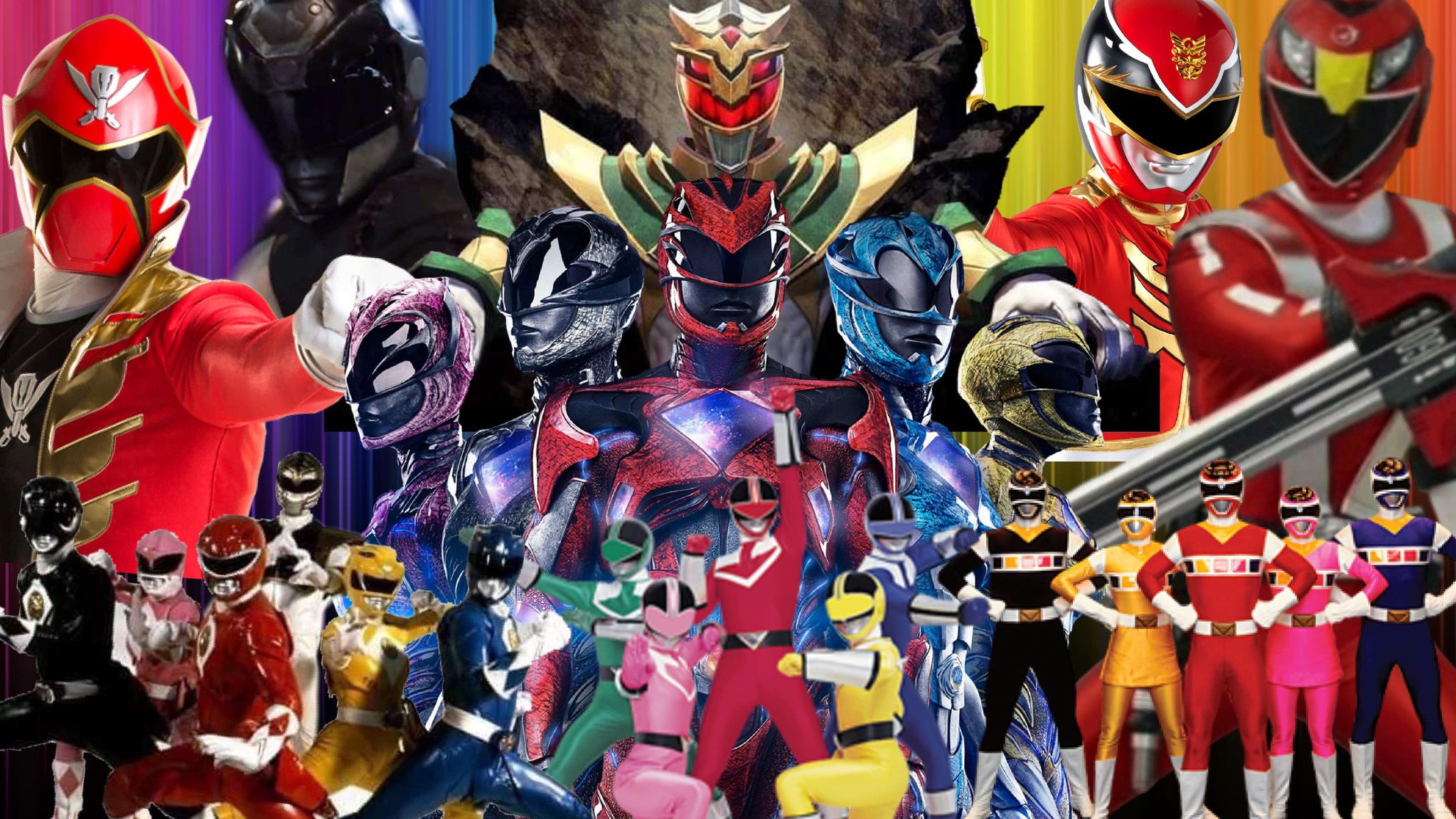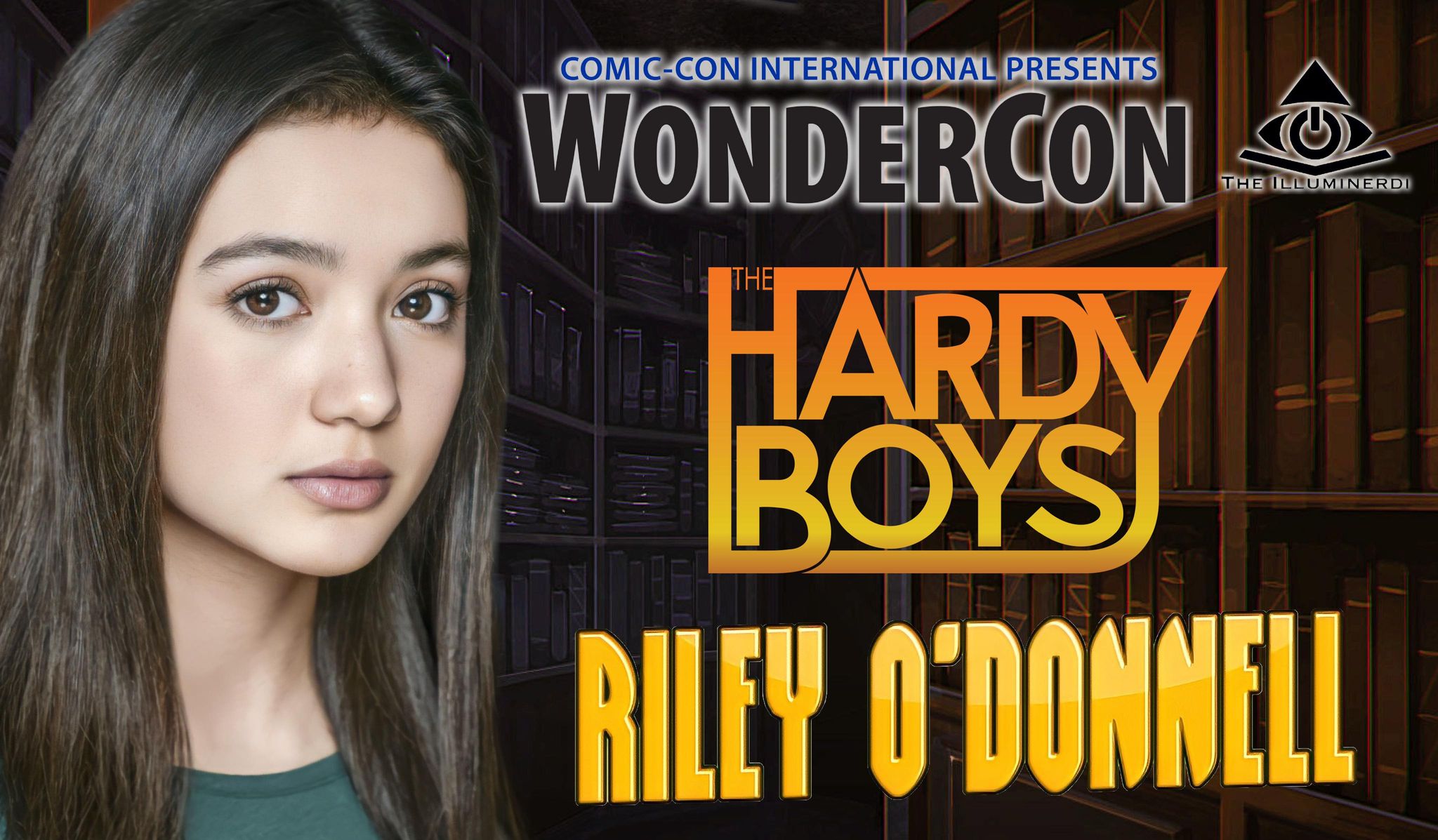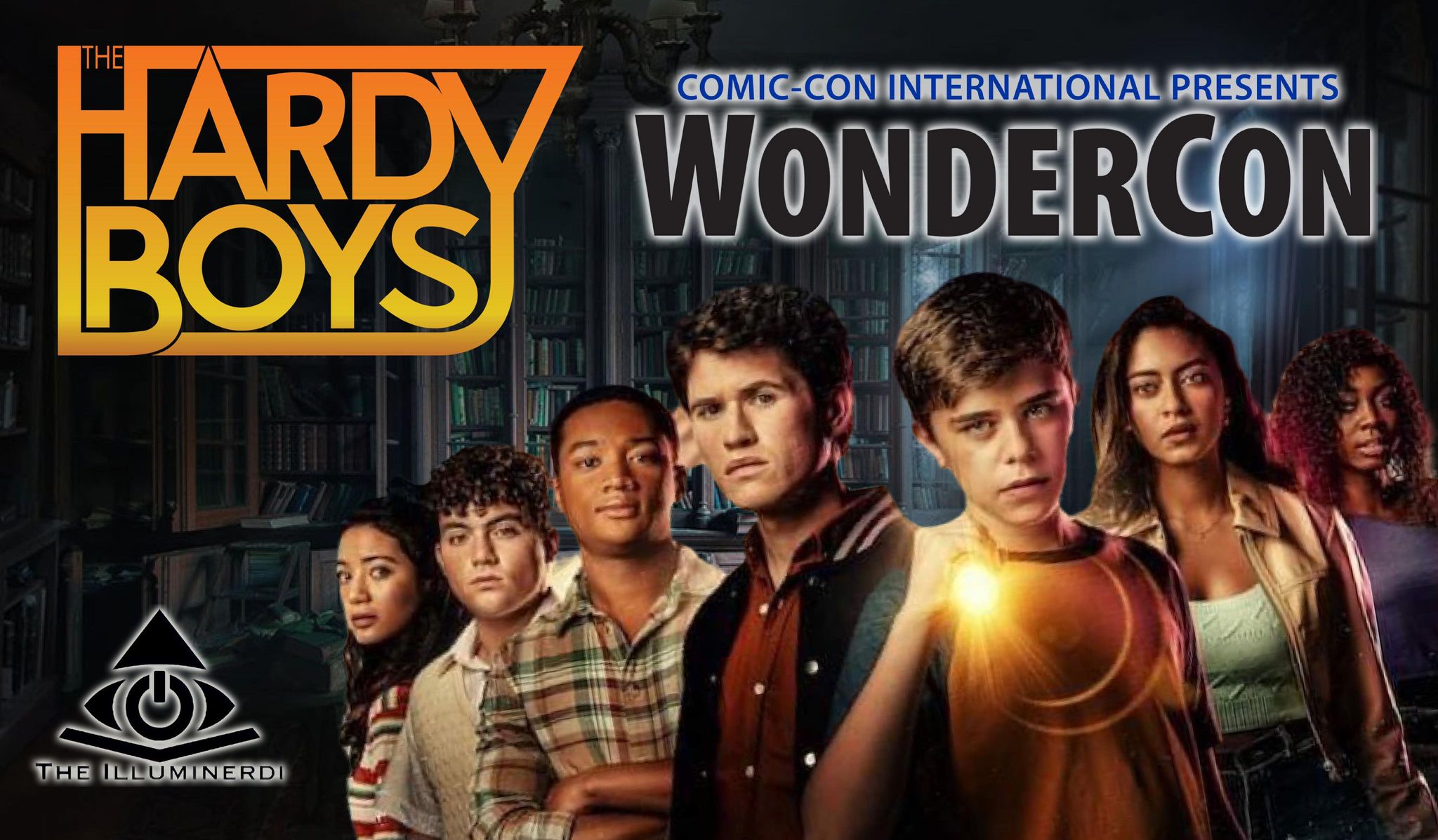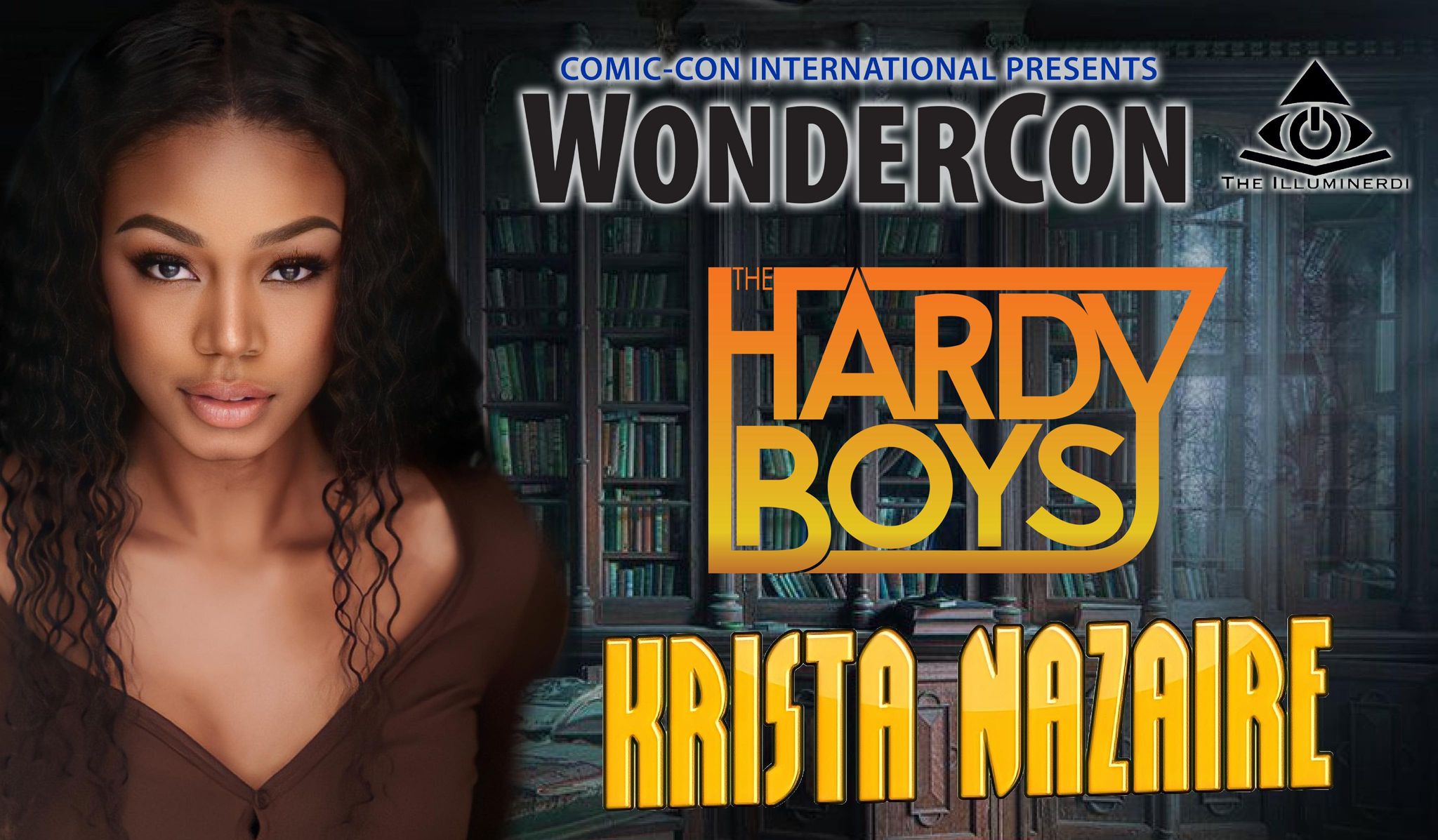Being a Power Rangers fan is both nostalgic, exciting, inspiring, and amazing.
Why? Well there is a simple explanation with the four traits I have just mentioned. It’s nostalgic because the show reminds a lot of fans, especially older ones, of a time of innocence and energetic youth. The show is exciting because of the action, giant robots (megazords), and fast pace battles. It’s also inspiring because the Power Rangers are heroes that you can relate to.
An example of this is could be based on the Power Rangers nationality or ethnic heritage, there is usually always diversity in Power Rangers, and that’s what makes it very inspiring to audiences.
Finally the show is amazing because of the multiple stories, seasons, characters, history, and legacy is what this show so great. If you are a hard core and older fan like myself, then you know the great memories and especially toys that this long running series gave you. Each fan has their favorite season, from Mighty Morphin up to Beast Morphers.

However as we grow older the more we realize what the target audience of the show really is. It’s targeted for younger children (usually around the age range of 4-6 years). That’s not surprising as the franchise is largely made for kids, however there have been some exceptions of some seasons.
There were seasons such as In Space, Lost Galaxy, Lightspeed Rescue, Time Force, Wild Force, and especially RPM that had darker tones, along with excellent writing. Yes Power Rangers is very campy and cheesy at best, but it’s the interesting stories, character development and good writing from past seasons that gave the show its magical charm.
Recent seasons have been a very mixed bag for older and veteran fans. It’s mainly due to underwhelming writing of the Neo-Saban seasons. Yes Beast Morphers did improve in its writing and tone from the past seasons, such as Neo-Saban, but it still has its flaws. But there’s still that one question audiences, fans, and maybe even writers ask. How does one adapt Power Rangers in a way that it is appealing for both adults who grew up with the show and for kids who are just coming into the fold?
There is one simple one-sentence answer that may work: “Do what Time Force did.”
But perhaps that phrase is too vague for some writers or executives because “what” Time Force did isn’t as accurate a question to ask compared to “how” it worked and “why”?
Power Rangers Back In Time
Why is Time Force the model to express the golden middle-ground? At first, this was based on an experience I have had where I have met multiple children who disliked Samurai. I thought for a moment to show them an episode of the aforementioned ninth season of this decades long franchise, and they were surprised that Power Rangers could even be “this good.”
I tried to get their take on why they disliked the Neo-Saban season, yet liked this 2001 classic. They gave an expected explanation, “Samurai is too boring, and it makes me feel like it’s for babies.” Remembering why I liked Time Force back when it first aired and watching it again as an adult, I found a lot of things to rationalize why it was one of my favorites as a kid.
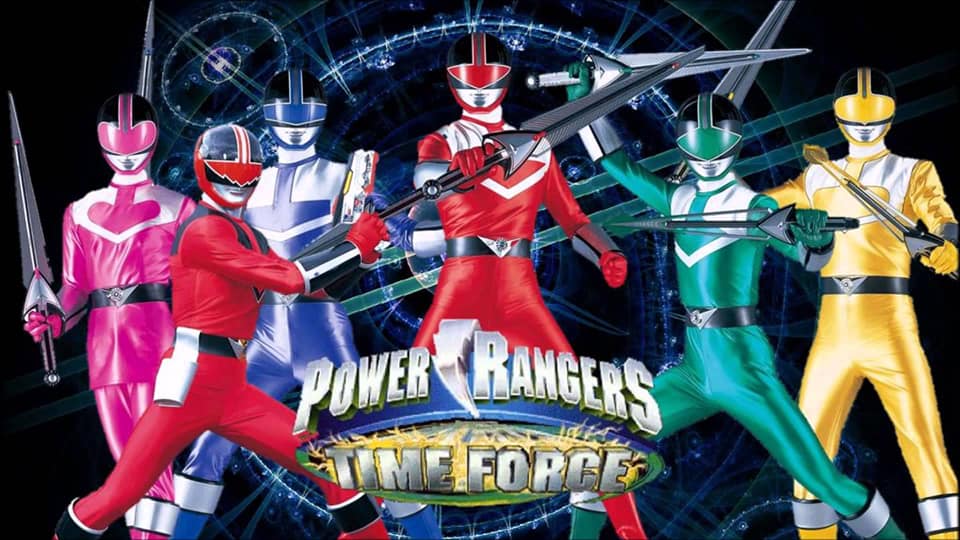
Much like Samurai, Time Force was also targeted for kids. Except here, all of the characters went through growth, it was mature, but not edgy. The original Red Ranger Time Force Ranger Alex was presumably killed from the very first episode, and then four rookies had to go to a setting they knew nothing about. They were on a mission that’s way over their heads, relying only on the sheer determination to accomplish their mission.
The characters also had unique personalities. Jen the Pink Time Force Ranger was a hardened leader that didn’t want to relax because she had a promise to keep to her presumably-dead fiancé. In addition to her struggles with an attraction she develops for another character. Jen also blurred the line between justice and revenge.
Trip the Green Time Force Ranger is a naïve alien from Xybria, who wants to trust the best in others, whether they were human or mutant. While he was betrayed by his naivety in one episode, it was rewarded in that it taught Nadira to become empathetic towards humans and Time Force’s main villains.
RELATED: SCORPINA ENTERS POWER RANGERS BATTLE FOR THE GRID TODAY
Katie the Yellow Time Force Ranger had an interesting personality where she was both strong and loving. Lucas the Blue Time Force Ranger was the brooding member of the team. But he had a great heart and loving loyalty with his teammates. Plus he was an expert with vehicles, as well being the big brother of the team.
Wes The Red Time Force Ranger was the balanced character that started off as a 21st century showboat who didn’t want the responsibility of working for his dad, but it evolved in him finding a sense of responsibility for a higher calling. Wes also rejected material wealth to become self-made, and antonymous, both against the control of money and the control of predestination.
Eric the Quantum Ranger was a lone-wolf, also self-made, but as a contrast to Wes’ openness for collaborative growth. Then there is Ransik. He was ruthless and willing to take advantage of the sympathy of others to have his way. Yet while he would kill a Ranger without a second thought, he also would spare one if it was for Nadira’s happiness. Because he valued his daughter more than any other living being aside himself; which would play a role in his eventual surrender.
Even as an 8-9 year old, a child can pick up on these nuances and find love for these characters. Even if they lack the vocabulary and cognition to verbally rationalize it. As an adult, gaining this ability makes one appreciate these characteristics and developments more because now we can better explain why we loved them as kids and recognize Power Rangers as the show that helped us build the schema to develop these understandings of nuances.
The season wasn’t 100% serious either. It had a balance of humor and grit that carried the weight that story tried to convey, whether that weight is mortality, prejudice, predestination, trust, empathy, and even adultery. Besides using Time Force as great example, there are two priorities that can be used in balancing Power Rangers for this modern era for both younger and older audiences.


